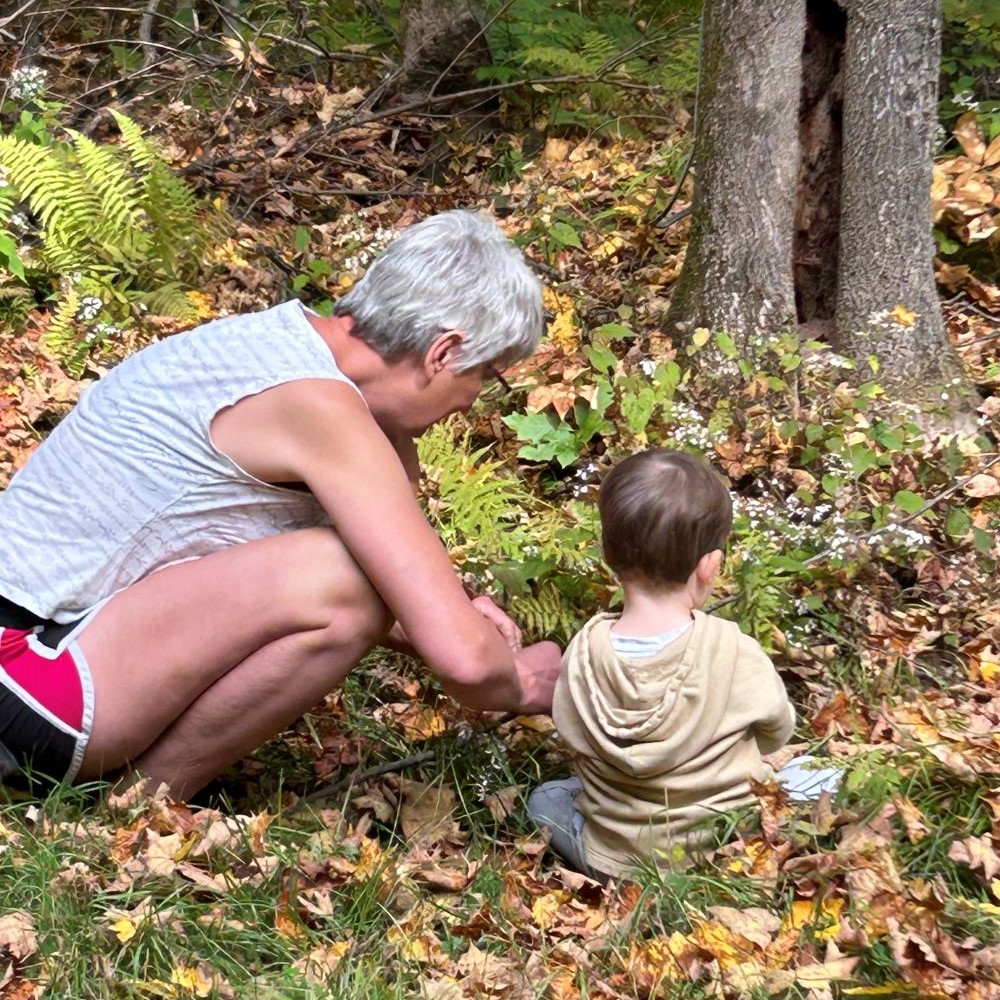From One Steward to the Next: Woodland Legacy Planning Steps
Your forest is important to you. As the current steward, you have made intentional decisions to care for the land and ensure its future success. But have you made plans for who will take over stewardship after you? Do you know how that transfer will take place?
As forest stewards, part of our responsibility is to plan for the future of our woodlands—ecologically, legally, financially, and emotionally. These are the big questions we must address to ensure the long-term health and success of our forests.
Knowing where to start when planning for your land’s future can be overwhelming. Luckily, Vermont Woodlands has developed resources to guide you through the process. The most important first step is understanding what you are about to undertake. Below are six steps we’ve identified as crucial to successful Woodland Legacy Planning. Please note that legacy planning is a flexible, ongoing process—these steps may happen concurrently or in any order, but this is a common progression.
- Create a vision and set goals. Establishing a clear vision and identifying goals for the future of your woodlands is important. In this step, you may ask questions like, ” Do I care what happens to my land after I pass? ” and ” Do I care who owns my land after I pass? “
- Gather all your information and documents. Collecting all your important information and documents pertaining to estate planning and organizing it in one place is an invaluable gift to yourself and the executor of your estate. This step includes conducting an inventory of your assets, copies of documents such as your deed, will, and forest management plan, and identifying gaps in important documents. Assembling all the documents will help you move through the rest of the planning process.
- Hold a Family/Stakeholder Meeting(s). Ensuring your vision for your land is upheld hinges on your successors sharing this vision. It is imperative that you expand the conversation to include members of your family or other potential stakeholders before making a final decision. In this step, you will explore the interests of your family or other stakeholders and begin sharing your vision to receive feedback. Engaging your family in a conversation about transfer planning can be difficult; there are many resources and tools to help guide you through this conversation.
- Learn about Your Options. Now that you understand your situation and who’s interested in what, it’s time to explore your options. In this step, you will learn about different strategies for land ownership, management/stewardship, decision-making, and legal & financial options.
- Build Your Legacy Planning Team. It’s time to create your dream team to help you implement your vision and goals. A team of advisors is essential to helping you design a plan that meets your situation, values, and family’s interests. Your team may include a forester, a lawyer, a financial expert, an accountant, and, in some cases, a mediator.
- Create your transfer plan. Now, it’s time to put this plan together! Your plan will outline your key strategies and the steps needed to implement them.
- Revisiting Your Plan. A plan is a living, breathing document that should be continuously updated. As you and your heirs move through life, unexpected changes are inevitable. It is important to continue chatting with family and a team of professionals to adjust your plan as needed.
If you are curious to learn more about Legacy Planning support offered by Vermont Woodlands reach out to Eliza Orne.
(802) 214-4849



